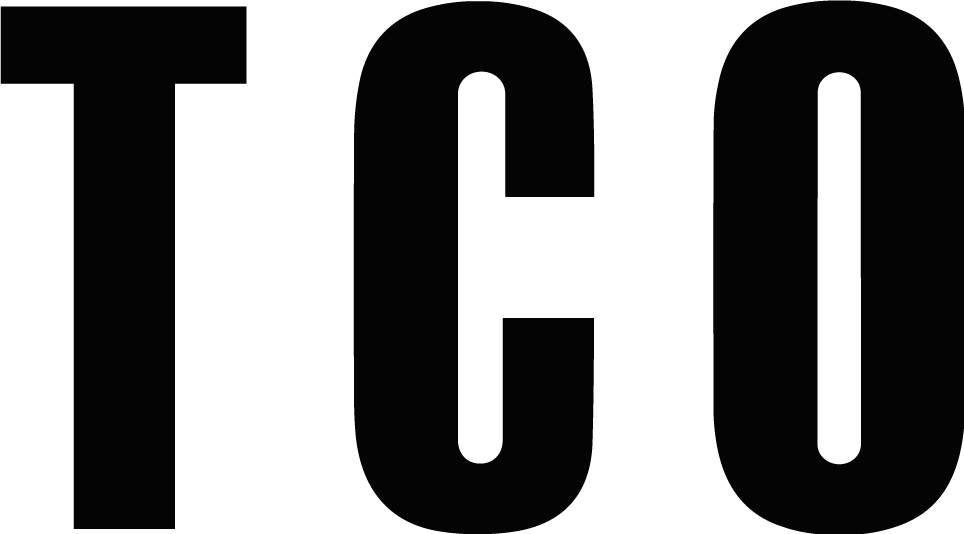Love & Ink: Making Print in the Digital Age
TCO's agency editorial lead, Mike Fordham, explains the resurgence in brands building bespoke print elements into their marketing.
Print is not dead. There is beauty in the interaction of words and pictures on the printed page. It is exactly this powerful aesthetic aspect of printed matter that will guarantee its survival. Therefore as creators of print projects we must HONOUR THIS BEAUTY.
To achieve this, and ensure that our printed matter will be enjoyed, collected, curated and collated for generations to come, we can follow a few basic principles:
Visuals first_
Conceive of your story as a set of images in the first instance. Zine stories do not exist in isolation from their printed context (even though you will probably be required to create digital versions of these stories, too). Zines exist in three dimensions. Think about your story, therefore, in three dimensions right from the spark of the idea. In many cases the visual execution IS the story. That portrait series, for example. That still life. That incredible piece of agit-prop art. We are in the information and entertainment business. Feed those hungry eyes.
Commission don’t curate_
Favour living, breathing photographers, writers and artists over curated archive and stock images. Image libraries like Getty etc typically charge £440 for a license to run a single image. Most working photographers in the UK will happily work for £250 per day for editorial work. Getting license to run existing copy is an expensive nightmare. It’s a no-brainer. If you can’t find that photo or that perfect piece, commission a photographer or a writer to go and get it. By doing this you will build your house visual style from the ground up, keep the profession of journalism alive, and make lots of new friends.
Illustrate illustrate illustrate_
If you can’t source that photo or commission the right photographer, then commission illustration. Art can express the ineffable — and there are thousands of brilliant artists out there crying out for work. If the same pictures have been run by everybody, or if you’re trying to express the abstract in the concrete, then delve liberally into this vast talent pool.
Type as Visual Communication_
Stories which don’t seem at first to have an obvious aesthetic aspect — think and opinion pieces, snackable news items, etc — can be augmented by the creative, bold use of typeface. Don’t be afraid to use your headers, straps, slugs and sells as visual elements on a page.
Designers are Authors too_
Underpinning all of the points above is a simple reality which editors need to acknowledge: your designer or ‘Art Editor’ or ‘Art Director’ is the co-author of the piece of work. Editors must collaborate, discuss, debate with the person piloting the Mac. Journalists should never simply submit copy. Designer’s should not be ‘layout guys’. This is a creative process. Enjoy it together.



